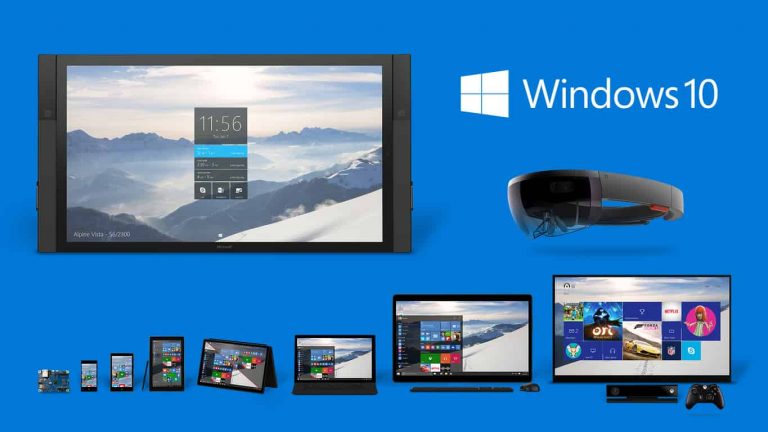While we previously reported at the beginning of the month that Windows 10 desktop market share had grown to 14.15% for March 2016 according to NetMarketShare, we shouldn’t forget that many users out there are running an old version of Windows on their PC. According to the latest NetMarketShare stats, Windows 7 is still the number one desktop OS with 51.89% of all desktop shares, now followed by Windows 10 at the second place. More concerning is the third place of the unsupported Windows XP, which currently holds a 10.9% market share of desktop operating systems.

If mainstream support for Windows 7 ended in January 2015, the OS will continue to get extended support from Microsoft until January 2020 but users may choose to upgrade to Windows 10 for free while they can (the upgrade is free for Windows 7 and Windows 8 users until July 2016). But the situation is quite different for the few remaining Windows Vista users (1.41% of desktop market share according to NetMarketShare), as the extended support for the OS will end next year on April 11, 2017, as you can see below:

End of support for Windows Vista means that Microsoft will no longer provide automatic fixes, security updates or online technical assistance, so all these PCs will become more vulnerable to viruses, spyware, and other malicious software that can steal your personal information. More, major developers like Google are also stopping support for older Windows versions, and Google’s Chrome browser is already unsupported on all PCs running Windows Vista. Last, users who want to upgrade an old PC should be aware that old versions of Windows (including Windows 7 and Windows 8.1) will have limited support when running on new processors and chipsets from manufacturers like Intel and AMD.
So, what can you do if you have an old Windows PC running Windows Vista? Well, you can continue to use it quite safely until April 2017, but you should better upgrade to Windows 10 as soon as you can. And as Microsoft has stopped retail sales for Windows 8.1 in September 2015, you don’t actually have much choice but spend $119.99 for the cheapest Windows 10 Home edition.
If you’re worrying about performance on your old machine, Windows 10 hardware requirements are actually quite low: you just need to have a PC with a 1 GHz processor or faster, 1 GB RAM for 32-bit processor (2 GB for 64-bit), a screen with an 800 x 600 resolution or higher with a DirectX 9 graphics processor with WDDM driver, and up to 20 GB available hard disk space. So, if you bought your PC when Windows Vista was still a thing, we think you may have a pretty good experience with Windows 10
A few weeks ago, we ran a poll to ask you how old was your main PC, and 21% of you told us that your PC was more than five years old. We’re not that much surprised as we guess our readers are careful about their PCs. But if you’re currently running Windows Vista on your PC, please tell us in the comments what you plan to do when Microsoft will stop supporting it next year. Do you plan to buy a new PC or upgrade your current machine to Windows 10?


